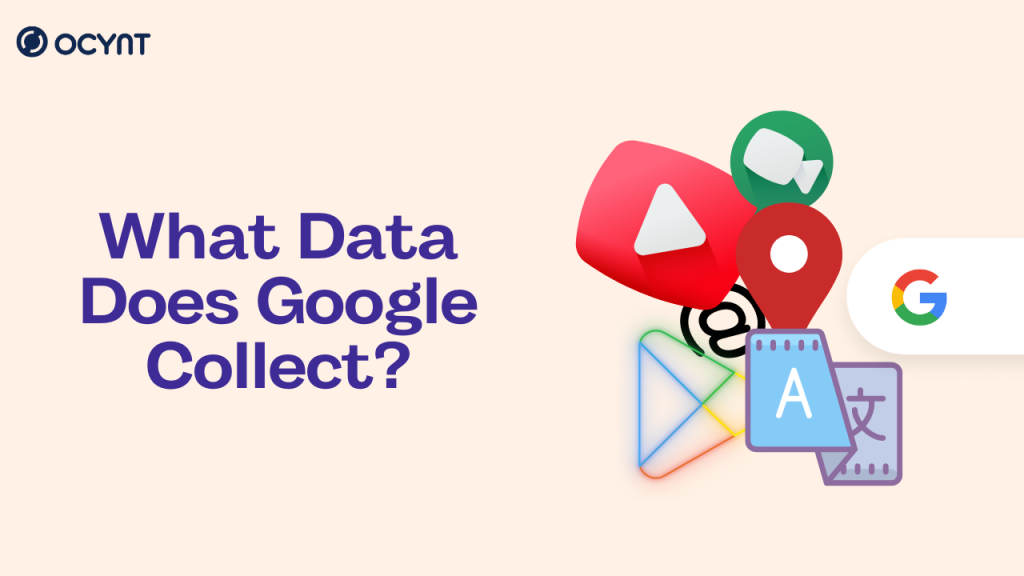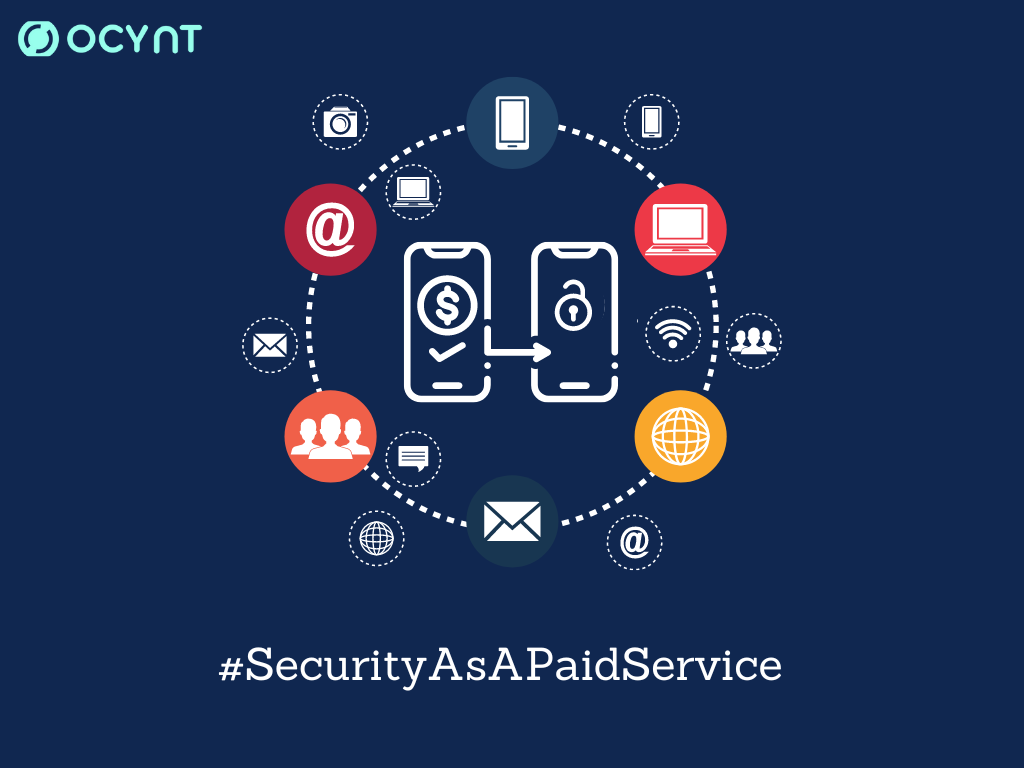What data does Google collect?
What data does Google collect?
Google’s wide range of products means that nearly every time you use the internet, you are giving the tech giant a peek into your thoughts, preferences and behaviour.
Whether you use an Andriod or not, Google plays a fundamental role in your digital life. Google Search is the most widely used search engine in the world, with over 5.6 billion searches per day. Google’s wide range of products means that nearly every time you use the internet, you are giving the tech giant a peek into your thoughts, preferences and behaviour. A paper published by Doug Leigh revealed that even when minimally configured and idle, an Andriod device sends data to Google on average every 4.5 minutes. There have been claims that from the data they have, the service provider can guess everything about you from how happy you are to what you want to change in your life all based on the data they have. This then begs the question – What data does Google collect?
The data Google collects
The data Google has access to depends on the products you use. It is important to note only data you voluntarily offer or grant access to is collected. Here are some of the data Google collects about you:
Location: When you have location services turned on, your location data is collected and stored. Google gathers near-precise location data from the Global Positioning System (GPS) chip on your device. This data includes the places where you live, where you work, the places you look up as well as the places you visit.
Email: With over a billion active users, Gmail is the most widely used email client. The tech leader collects data on just about everything that goes on in your inbox; from important emails to spam.
Browsing History: As of 2021, Google holds about 92% of the search engine market share. This allows the search behemoth to collect browsing data including search history, interactions with websites, purchase activity and so on. Your Youtube habits(watch history, comments, screen time, etc) are not excluded.
App, Devices, Browsers: Your preferred method of accessing the data-driven superpower is also taken into account. This covers browser information, device ID, IP address, operating system, system activity, Internet Service Provider (ISP) information and so on.
Unique Identifiers: When you are not signed into your Google account, unique identifiers are used to collect data about your online activity. The data collected is used to identify specific devices or apps on that device as well as syncing services and provide targeted advertising.
What does Google do with this data?
The vast amount of data collected benefits both the company and the users. Nearly 90% of Google’s revenue comes from advertising. The more tailored the ad is to your needs, the more money the advertising kingpin makes. Every click, every interaction, every download, helps them build an extensive advertising profile for you. So when you lookup for an item and see related ads on other sites you visit, that is Google using your advertising profile to provide targeted ads. However, Google does not ‘sell’ your information to these companies. Instead, they use the data available to them to help reach their target audience without identifying you personally
The more data Google collects, the better your online experience is. But this doesn’t happen with just your data. Data from millions of users is used to determine what is relevant as well as the quality of content available on the web. This information is used to refine Google’s search algorithms to determine the order of search results and improve usability. Search results also power Google Trends, a website that rich contextual information about top search queries across Google services. Overall, the relationship between the user and Google is symbiotic, as both parties benefit from the data collected. Users also have control over the data the digital empire can collect and track. You can view your advertising profile and turn off personalized ads here. You can also ask Google to delete your data from the My Google Activity page on your Google account.
What data does Google collect? Read More »


